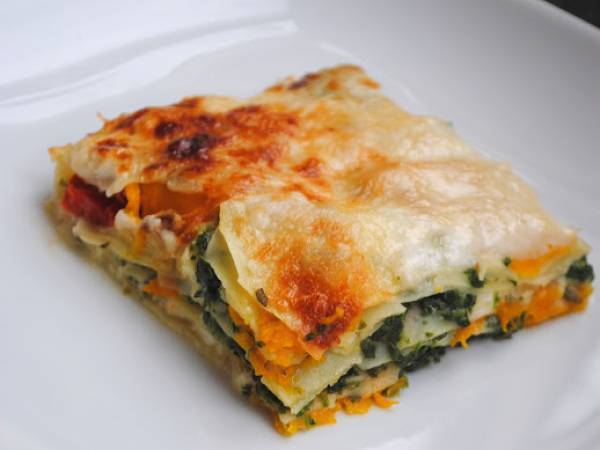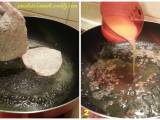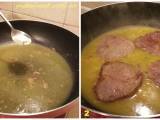London, city, capital of the United Kingdom. It is among the oldest of the world’s great cities—its history spanning nearly two millennia—and one of the most cosmopolitan. By far Britain’s largest metropolis, it is also the country’s economic, transportation, and cultural centre.
The important and historical areas that make up London is basically the Square Mile ,The West End ,The East End .South London does not have that much happening apart from the river bank which is called the Surrey side (the North side is called the Middlesex side).On the Surrey side we canfind all the national centres for music and acting plus cinema.There is also the Shard and the London eye .Beyond that going South there is the Dulwich art gallery the first one in London.

London is situated in southeastern England, lying astride the River Thames some 50 miles (80 km) upstream from its estuary on the North Sea.
The square mile is surrounded by the metropolitan county of Greater London from the “home counties” of Kent, Surrey, and Berkshire (in clockwise order) to the south of the river and Buckinghamshire, Hertfordshire, and Essex to the north.
It is physically a polycentric city, with many core districts and no clear hierarchy among them. London has at least two (and sometimes many more) of everything: cities, mayors, dioceses, cathedrals, chambers of commerce, police forces, opera houses, orchestras, and universities. It is basically a kind of confederation.
It also boasts spacious parks and the most fashionable districts for living and shopping—the West End.
The north-bank settlements merged into a single built-up area in the early decades of the 17th century, but they did not combine into a single enlarged municipality.
The City of London was unique among Europe’s capital cities in retaining its medieval boundaries. Westminster and other suburbs were left to develop their own administrative structures—a pattern replicated a hundred times over as London exploded in size, becoming the prototype of the modern metropolis.

THE WEST END
boasts spacious parks and the most fashionable districts for living and shopping—the West End. The West End of London (commonly referred to as the West End) is a district of Central London, west of the City of London and north of the River Thames, in which many of the city's major tourist attractions, shops, businesses, government buildings and entertainment venues, including West End theatres, are concentrated.It has all the great galleries like The National and Tate and Tate modern whereas the Square Mile has very little art space.
While the City of London is the main business and financial district in London, the West End is the main commercial and entertainment centre of the city. It is the largest central business district in the United Kingdom, It is one of the most expensive locations in the world in which to rent commercial and office space.
THE SQUARE MILE
The City of London was unique among Europe’s capital cities in retaining its medieval boundaries. Most of this area is devoted to business but there is the museum of London which is really worth seeing and there is also THE TOWER OF LONDON and THE MONUMENT a tower you can walk up.
Of the modern things there is the Sky Bar which is very high and free but you have to book up a month in advance for a reat view of London.
THE EAST END
The square mile backs on to the East End . It was a very poor area but is now very expensive to live in.
The area was notorious for its deep poverty, overcrowding and associated social problems.
This led to the East End's history of intense political activism
Another major theme of East End history has been migration, both inward and outward. The area had a strong pull on the rural poor from other parts of England, and attracted waves of migration from further afield, notably Huguenot refugees, Irish weavers, Ashkenazi Jews and in the 20th century, Bangladeshis.Today the East End is basically situated in the boroughs of Hackney and Tower Hamlets.It was bombed heavily in the war because of the Port of London situated there.
THE PEOPLE OF LONDON
The word Cockney has had a pejorative connotation, originally deriving from cokenay, or cokeney, a late Middle English word of the 14th century that meant, literally, “cocks’ egg” (i.e., a small or defective egg, imagined to come from a rooster—which, of course, cannot produce eggs). That negative sense gave rise to Cockney’s being used to mean “milksop” or “cockered child” (a pampered or spoiled child). The word was later applied to a town resident who was regarded as either affected or puny.
To most outsiders a Cockney is anyone from London, though contemporary natives of London, especially from its East End, use the word with pride. In its geographical and cultural senses, Cockney is best defined as a person born within hearing distance of the church bells of St. Mary-le-Bow, Cheapside, in the City of London. It has been estimated that, prior to the noise of traffic, the sound of the Bow Bells reached about 6 miles (10 km) to the east, 5 miles (8 km) to the north, 4 miles (6 km) to the west, and 3 miles (5 km) to the south. The vast majority of the hospitals of London’s East End fall within that jurisdiction.Cockney as a dialect is most notable for its argot, or coded language, which was born out of ingenious rhyming slang. There are as many as 150 terms that are recognized instantly by any rhyming slang user. For example, the phrase use your loaf—meaning “use your head”—is derived from the rhyming phrase loaf of bread. That phrase is just one part of London’s rhyming slang tradition that can be traced to the East End. That tradition is thought to have started in the mid-19th century as code by which either criminals confused the police or salesmen compared notes with each other beyond the understanding of their customers.
The manner in which Cockney rhyming slang is created may be best explained through examples. “I’m going upstairs” becomes I’m going up the apples in Cockney. Apples is part of the phrase apples and pears, which rhymes with stairs; and pears is then dropped. In this example, a word is replaced with a phrase that ends in a rhyming word, and that rhyming word is then dropped (along with, in apples and pears, the and). Likewise, “wig” becomes syrup (from syrup of figs) and “wife” becomes trouble (from trouble and strife).
TOP QUESTIONS
What is London?
When was London founded by?
Was London bombed during World War II?
What is London known for?
Where is London located?
What is the real City of London?









